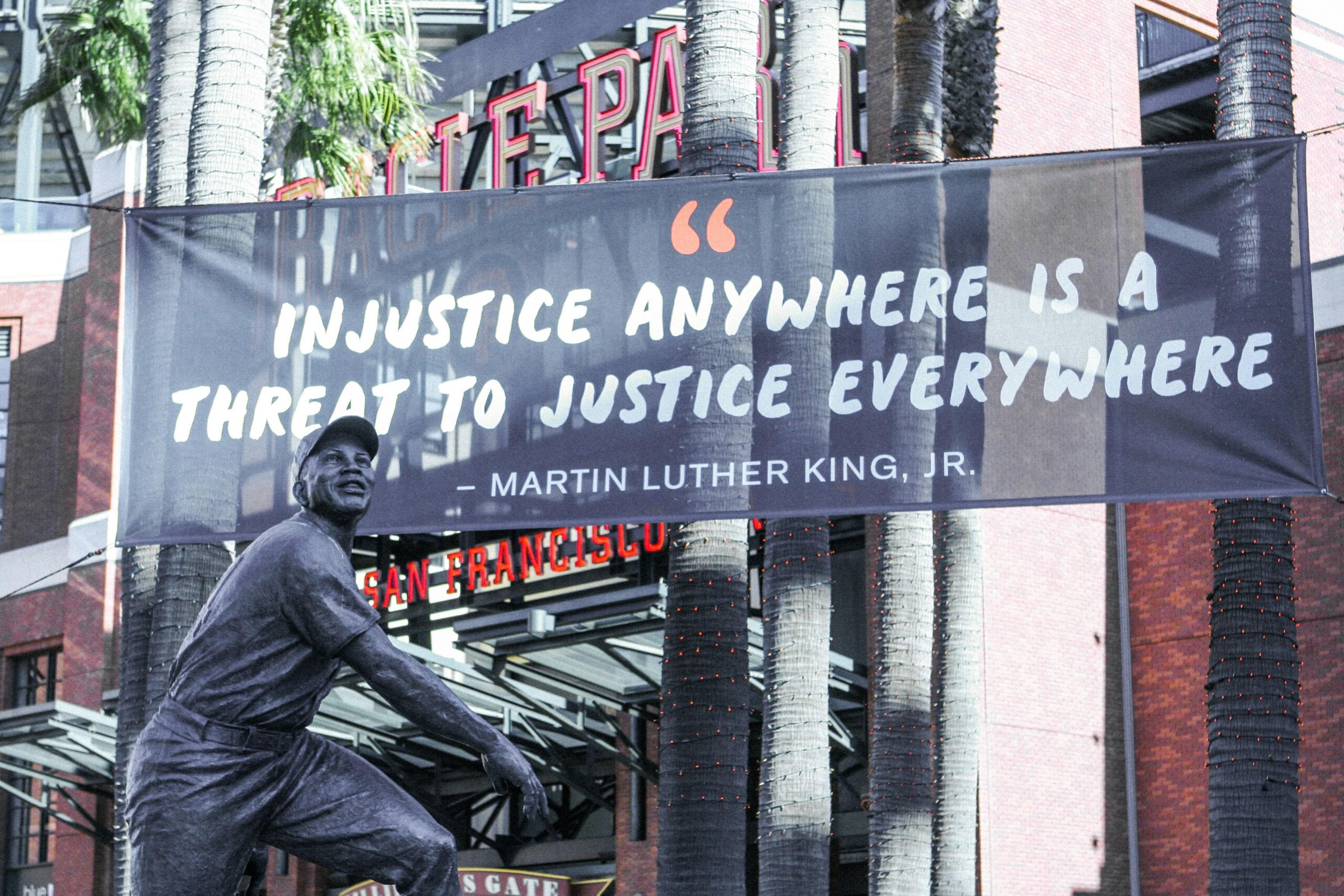What does the future hold for our justice system? As conversations around crime and punishment evolve, so too does the pressing need to rethink how we approach reform. From new policies aimed at reducing recidivism to innovative community-led initiatives, the landscape of justice is shifting in unexpected ways. In this article, we’ll explore the latest ideas and challenges shaping the next chapter of justice system reforms — and ask the big question: what comes next? Join me as we dive into the possibilities and uncover fresh perspectives that could transform the way society deals with crime.
Table of Contents
- Rethinking Crime Through a Human Lens Exploring Root Causes Beyond Punishment
- Innovative Justice Models That Challenge Traditional Approaches
- The Role of Technology and Data in Shaping Fairer Systems
- Building Community Trust and Empowering Victims for Lasting Change
- Closing Remarks
Rethinking Crime Through a Human Lens Exploring Root Causes Beyond Punishment
When we view crime solely as a violation warranting punishment, we miss the intricate tapestry of human experiences and systemic factors that drive individuals to break the law. Instead of focusing merely on retribution, it becomes vital to delve into poverty, social isolation, education gaps, and mental health challenges—the invisible threads often tangled in the story of crime. By shifting our perspective, justice becomes less about punitive measures and more about revealing and addressing these root causes to foster genuine transformation.
Imagine a justice system where empathy and rehabilitation take center stage, supported by robust community programs that:
- Provide equitable access to education and employment opportunities,
- Invest in mental health resources tailored to individual needs,
- Encourage restorative justice practices that rebuild trust and relationships,
- Create safe spaces for dialogue between offenders, victims, and communities.
Such initiatives hold the promise of not just reducing recidivism but reshaping how we understand and respond to crime—acknowledging the human complexities behind every act.
Innovative Justice Models That Challenge Traditional Approaches
Across the globe, fresh frameworks for justice are taking root, casting aside the rigid punitive measures of the past. One standout approach is restorative justice, which shifts focus from punishment to healing—encouraging offenders to confront the impact of their actions directly with victims. This model promotes accountability while fostering empathy and repair, proving transformative in communities plagued by cyclical crime. Meanwhile, therapeutic jurisprudence advocates for addressing underlying mental health and addiction issues within legal proceedings, recognizing that true justice often requires treatment rather than incarceration.
Innovators are also experimenting with community courts and diversion programs, placing emphasis on local, culturally attuned solutions over top-down mandates. These experiments often incorporate:
- Collaborative decision-making with community members
- Alternative sentencing designed to reduce recidivism
- Educational workshops to foster reintegration
- Use of technology to increase transparency and participation
As these models challenge embedded assumptions, they raise compelling questions about what justice could—and should—look like in a society striving not just to punish, but to understand and rebuild.
The Role of Technology and Data in Shaping Fairer Systems
Emerging technologies are revolutionizing how justice systems operate, offering unprecedented opportunities to enhance fairness and transparency. From AI-driven risk assessments to blockchain-based evidence tracking, these tools hold the promise of reducing human bias and improving decision-making accuracy. Yet, the real power lies in how we harness the data these systems generate. When analyzed thoughtfully, data can reveal patterns of inequality that have long been invisible, spotlighting disparities in arrest rates, sentencing, and parole decisions. This insight is a critical compass for policy makers aiming to craft interventions that do more than just treat symptoms—they address root causes.
However, technology alone isn’t a silver bullet. Its effectiveness depends on intentional design and ethical oversight, including:
- Inclusive datasets that reflect diverse populations
- Regular audits to detect and correct biases in algorithms
- Multidisciplinary collaboration between technologists, legal experts, and community stakeholders
By embedding these principles, the next generation of justice reforms can leverage data not just for efficiency, but as a catalyst for equity—nudging systems toward outcomes that are both fair and accountable.
Building Community Trust and Empowering Victims for Lasting Change
Trust is the cornerstone of any justice system that seeks not only to punish but to heal. Restoring faith within communities demands transparency, accountability, and genuine engagement between law enforcement, judicial institutions, and the people they serve. By fostering open dialogues and collaborative problem-solving, we can dismantle the walls of suspicion and fear that have long plagued marginalized neighborhoods. It’s about turning the justice system into a partner rather than a distant authority—one that listens, responds, and evolves based on community needs.
Empowering victims sits at the heart of true reform, shifting the narrative from punishment to restoration. Offering survivors of crime the resources, support, and platforms to share their stories transforms their experience from one of isolation to one of strength and agency. This approach includes:
- Accessible counseling and legal assistance tailored to individual circumstances
- Community-led restorative justice programs that emphasize healing over retribution
- Educational initiatives that inform victims of their rights and available options
By embedding these elements deeply into the fabric of reform, the system evolves into a dynamic force for lasting change—where communities feel safe and victims reclaim their power.
Closing Remarks
As we continue to rethink crime and reimagine the justice system, it’s clear that there’s no one-size-fits-all answer. The path forward is as complex as the challenges we face, inviting us all to stay curious, question assumptions, and explore bold new ideas. Whether through restorative justice, tech-driven solutions, or community-centered approaches, the future of reform holds endless possibilities. What innovations or changes do you think could reshape justice for the better? Let’s keep the conversation going and remain open to the unexpected—after all, true progress often starts with a single question.












